What The Weather Trends Are Saying About This Winter (And What It Means For Your Holiday)
Ever seen someone on the beach using a metal detector to search the same patch of sand day-in-day-out without ever finding anything?
That’s powder hounds searching for another season like what Hakuba scored in 2024/25. It was truly one for the ages – the season that people will talk about for the next 50 years.
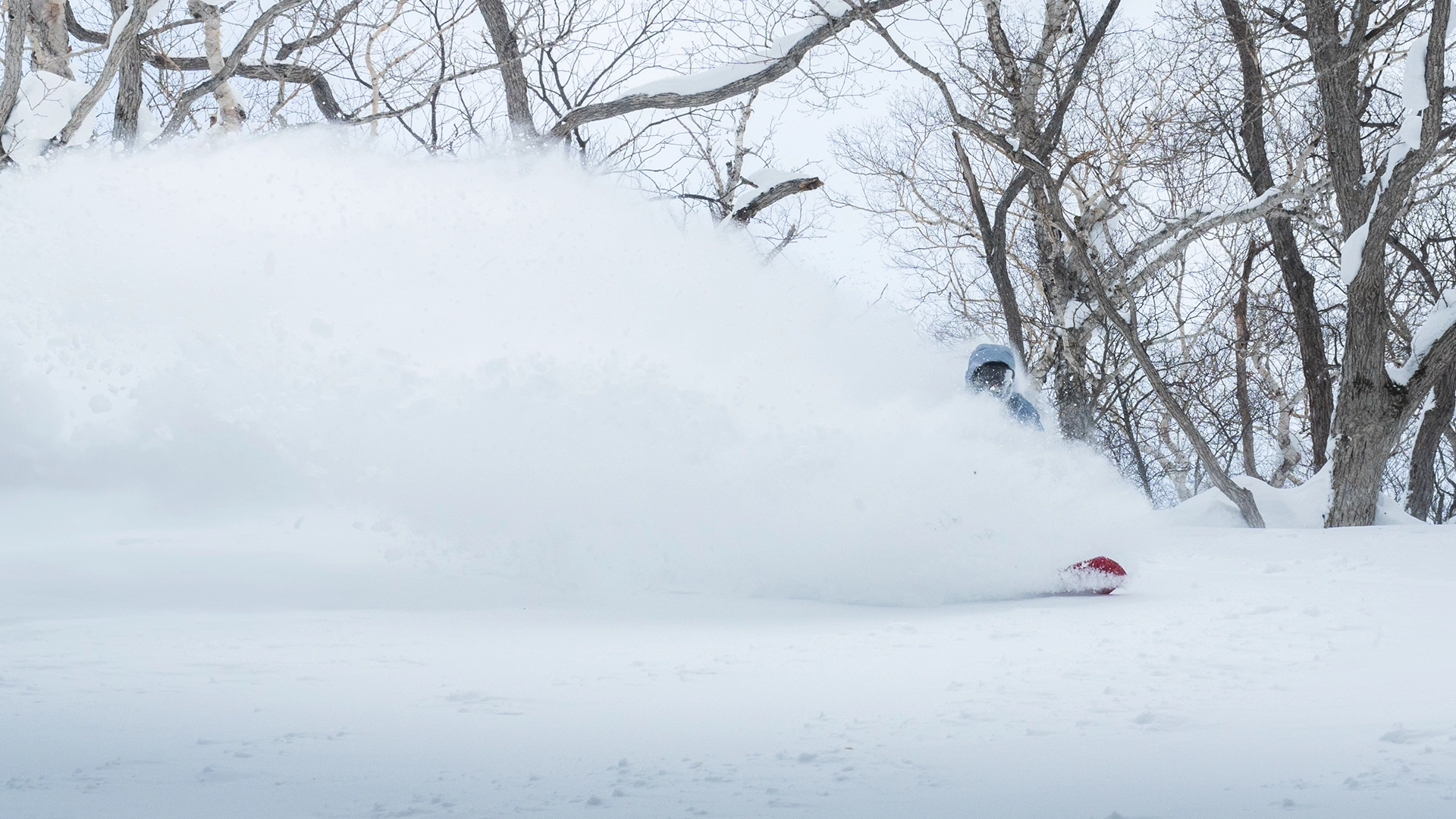
But does that mean it won’t happen again? Not necessarily. If anything, all signs are pointing to winter 2025/26 being the two in a million, hitting us with yet another epic season for the books.
But it’s all well and good for us to say that, what are actual the facts? We broke it down, looking into recent weather trends and forecasts to try and get an accurate picture of how this season is shaping up against last winter.
What made last winter so special?
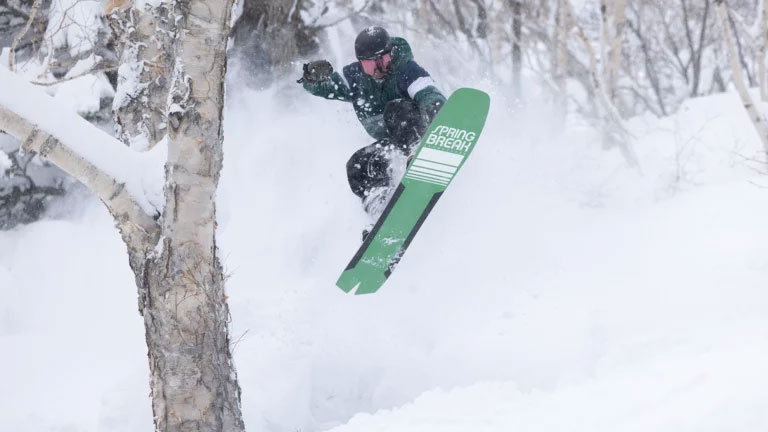
Two words, La Nina. It was the name on everyone’s lips last winter. Sure, the majority of the people talking about it didn’t actually know what La Nina was and how it affected the snowfall, but everyone knew we were getting stacks of snow, and at the end of the day, that’s what mattered.
Ok. So, what actually is La Nina and why was it so good for Japan?
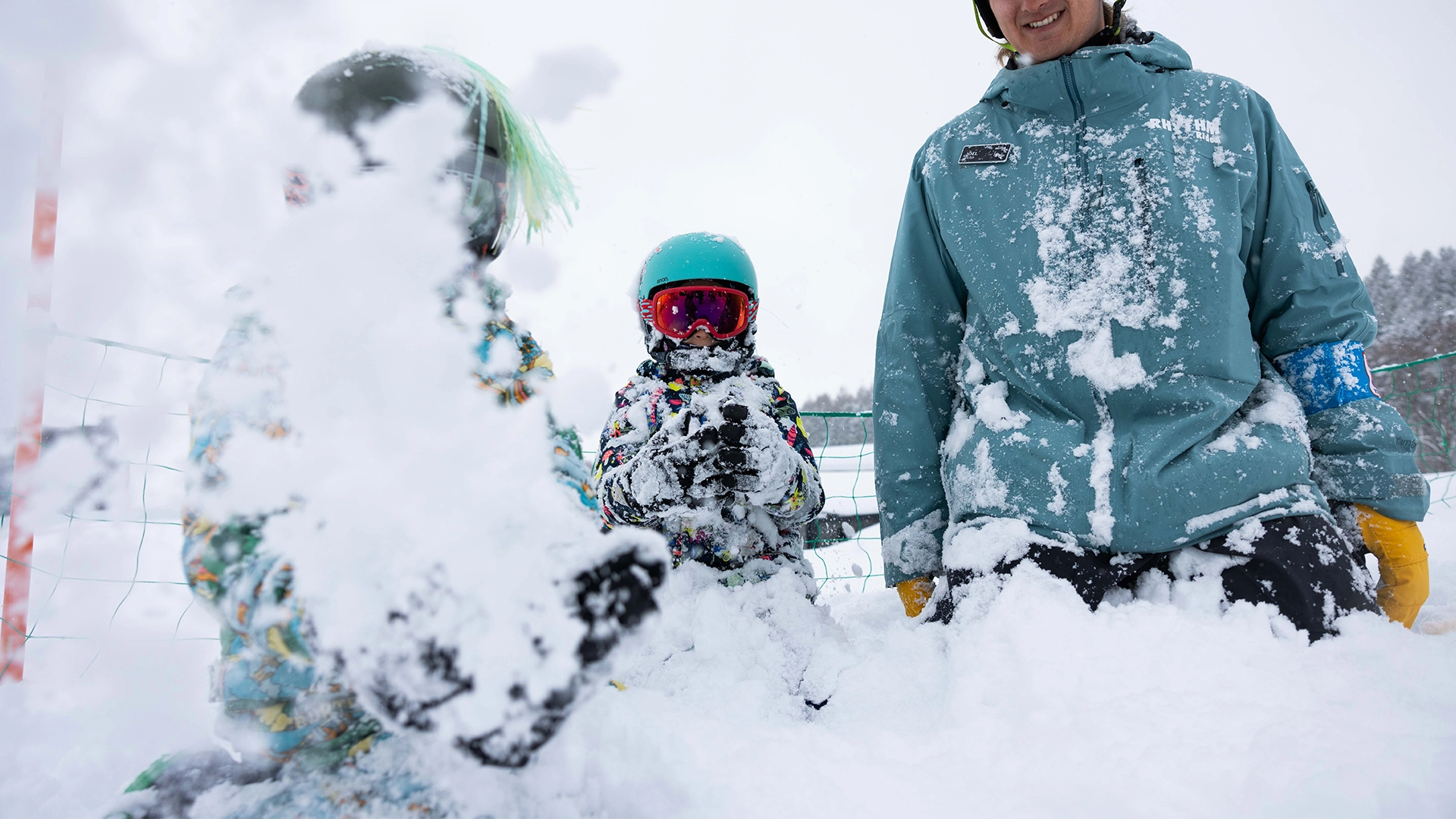
Look, before we get into explaining this one, we want to clarify that we all absolutely got into this industry because we are snowbums who love pow, not because we are meteorologists.
But in short, La Nina is a climate pattern, part of the El Nino-Southern Oscillation Cycle (oscillation? The only oscillation we know is when we are hucking and praying off sidehits and kickers) that results in colder ocean temperatures, cooler deeper water rising to the surface, and stronger winds blowing along the surface. In turn, leading to very average conditions of the seas, but the perfect conditions for powder snow.
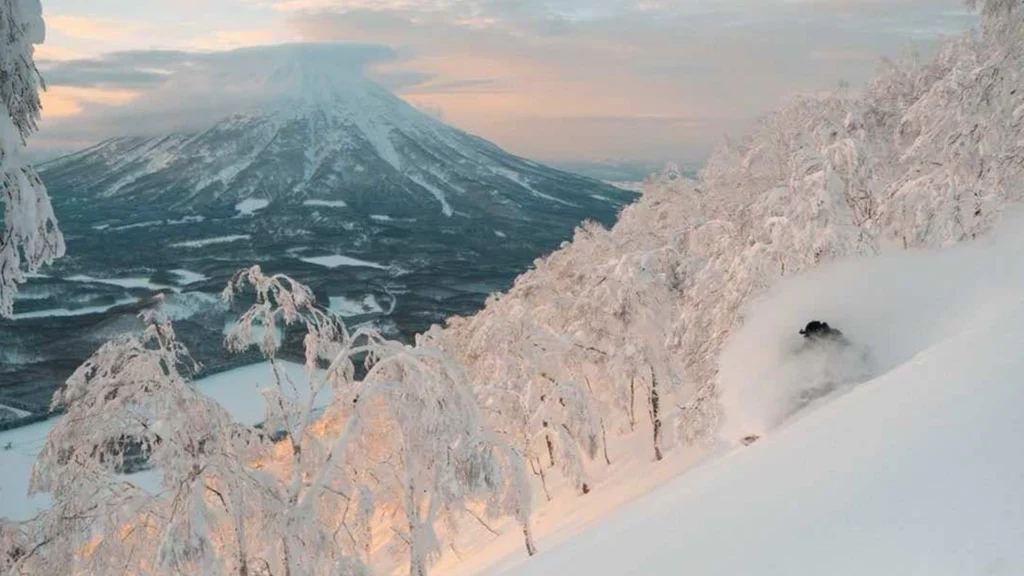
For Niseko, which already receives its world famous powder snow as a result of Siberia’s cold fronts crossing the sea of Japan and hitting us with full force pow, it results in a season of epic proportions.
What does it mean for this winter, according to science?
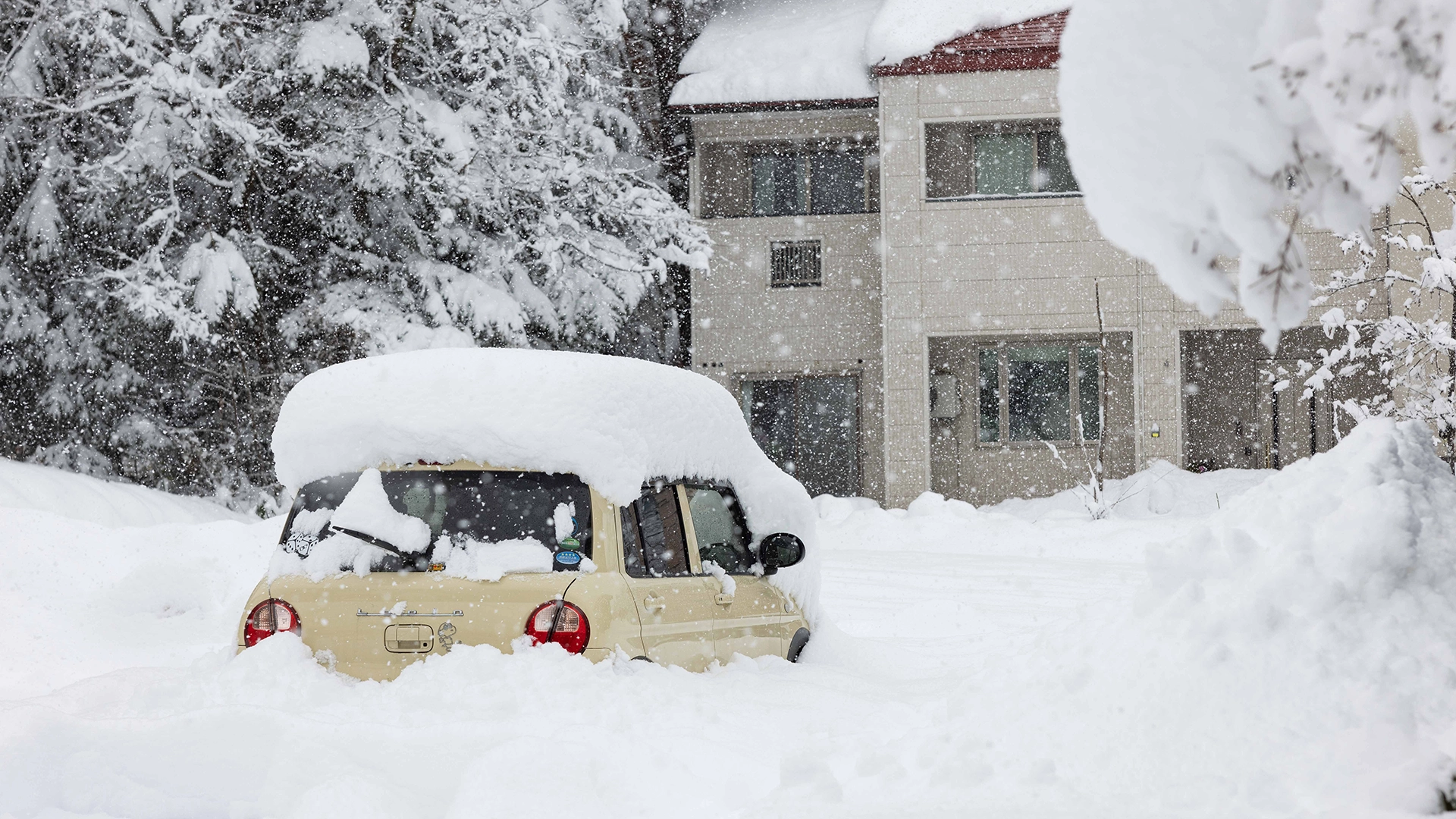
Well, according to all reports, La Nina is weakening, but that doesn’t mean the snowfall is! When looking into various shifting factors like ocean surface temps, wind patterns and subsurface changes, La Nina is expected to weaken towards the end of the season, with early season set for the heavy snowfall we saw last winter.
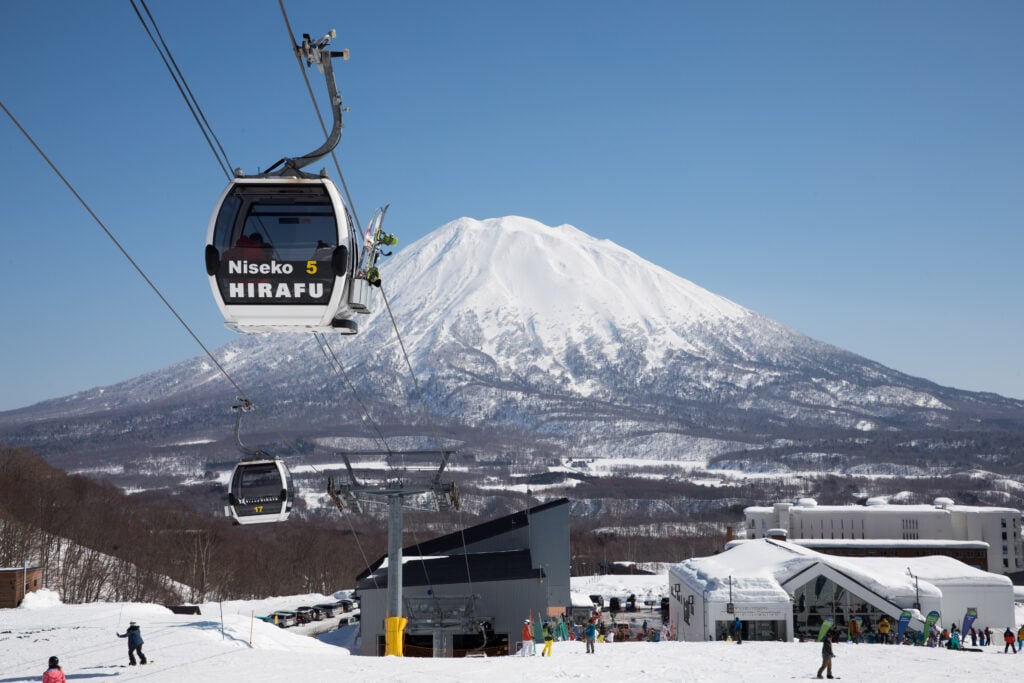
Although, when we say ‘weaken’, it kind of gives the wrong impression. By ‘La Nina weakening’, that does not mean snow will stop falling and all the pow will dry out – it just means that Japan is on track for an ‘average season’, and if you know anything about Japan’s average season you’ll know that still means snow, a lot of snow.
I’m following, so even if it’s an 'average season', what should we expect in terms of snowfall?
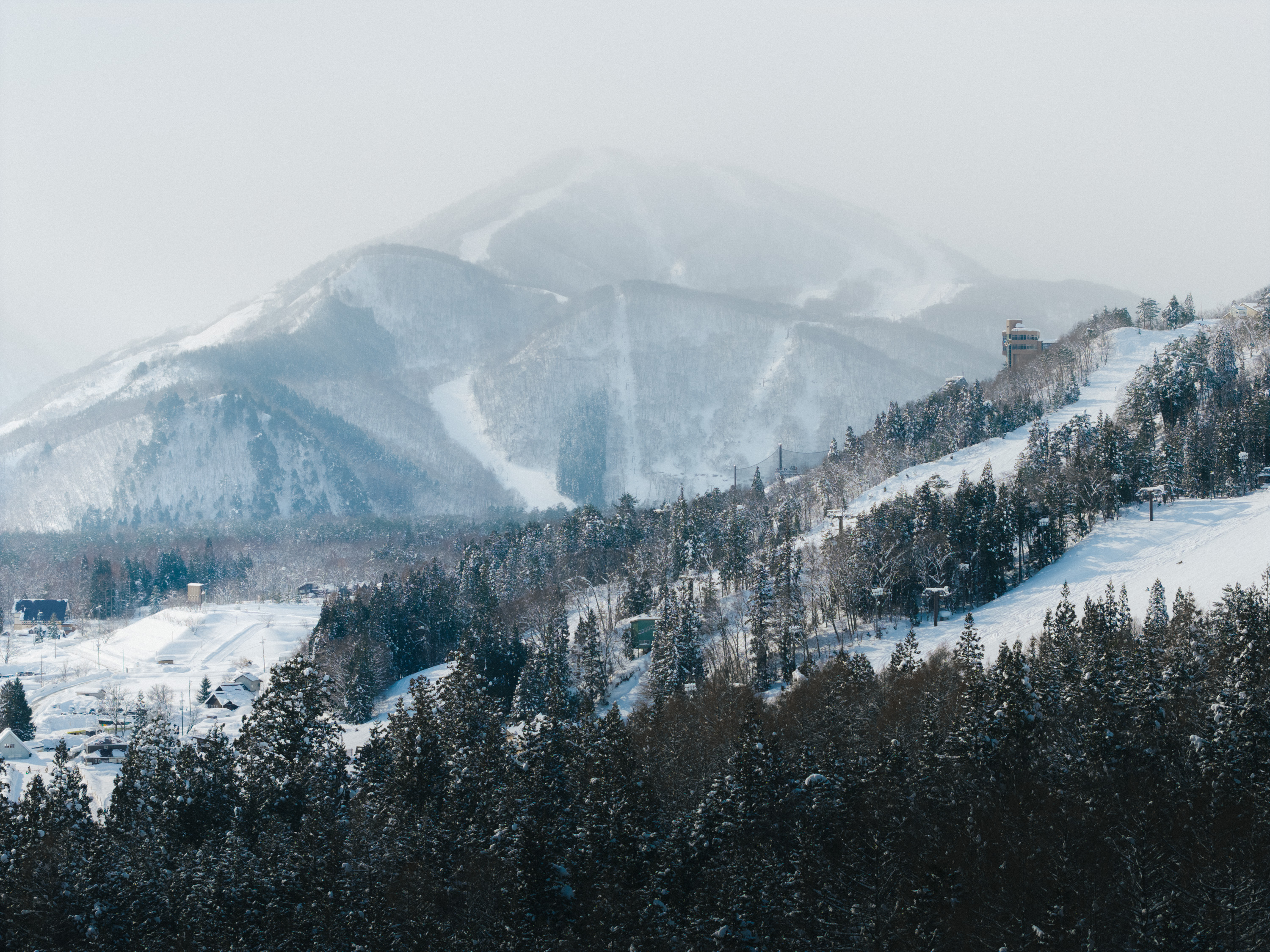
Well let’s look at the facts, here’s the annual snowfall for Niseko, Furano and Hakuba over the past 3 winter seasons.
2022/23 | 2023/24 | 2024/25 | |
Niseko | 14.5 m | 11.9 m | 12.3 m |
Hakuba | 4.4 m | 5.6 m | 7.8 m |
Furano | 6.15 m | 8 m | 5.3 m |
As you can see, whether we’re looking at another record breaker or an ‘average season’, we’re dealing with a stack of pow.
Anddddd what does all this mean for my holiday?
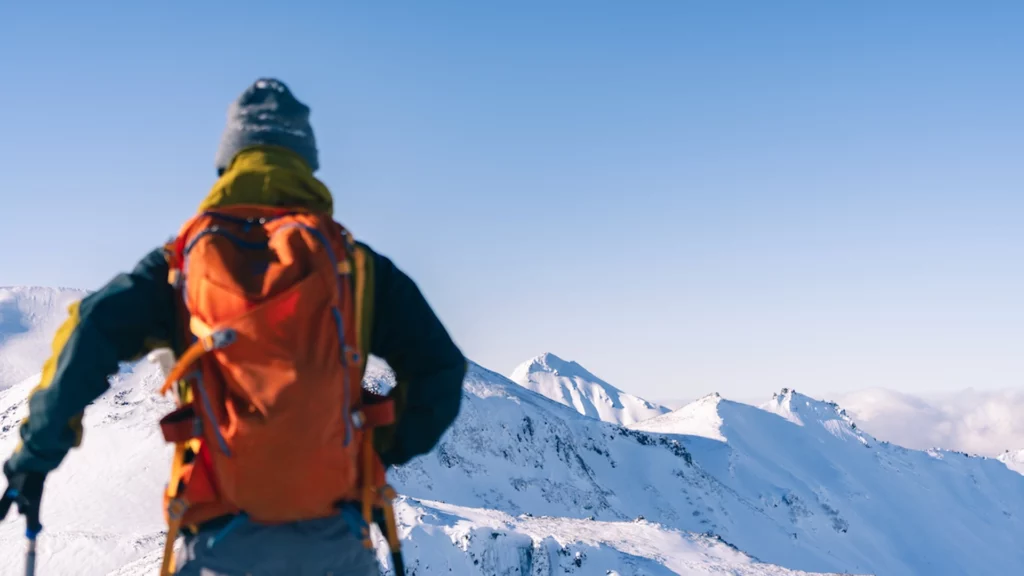
It means you should start booking – NOW.
If you look at the highest grossing films of all time, you’ll notice something straight away – Avengers: End Game, Avatar: The Way of Water, Star Wars: The Force Awakens – they are mainly all sequels!
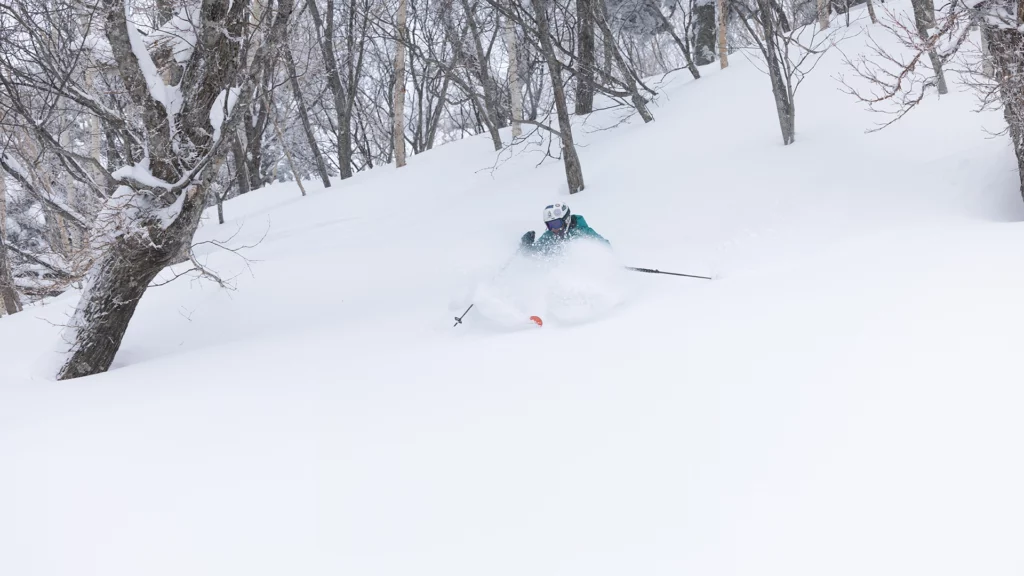
Which shows us one thing, if people miss out the first time around, they almost always show up for the follow up edition.
As you can imagine, in a snow sense, this means that all those who missed out on the record breaker last year are locked and loaded for this season. No one’s taking that chance again, and it’s showing, with booking trends highlighting that all eyes are on Japow this winter.
It's now or never! Get in quick before all the epic gear is booked out!
